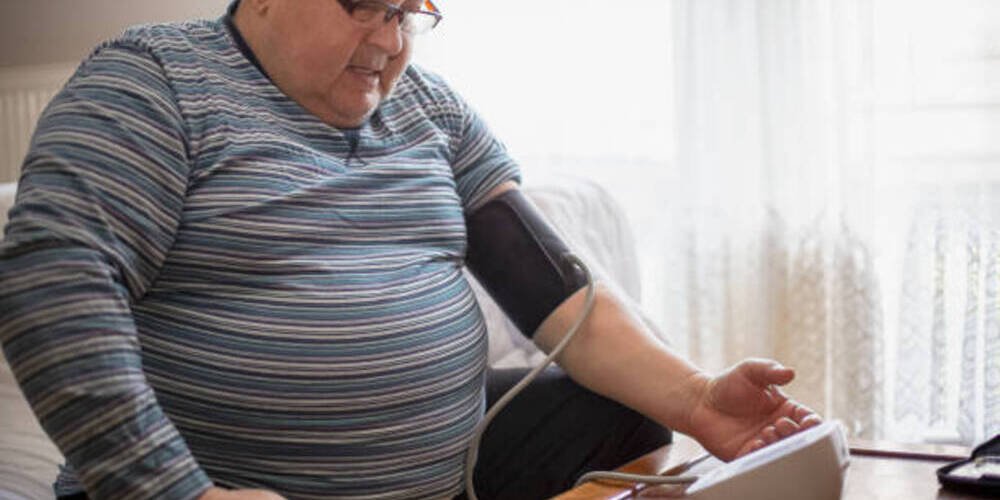
Hypertensive Heart Disease: Blood Pressure Standards, Diagnosis, Treatment, Prevention
Heart disease has been among the top ten causes of death for many years, but how much do you know about it? If the types of heart disease are broadly classified, they can be divided into hypertensive heart disease, coronary heart disease, and congenital heart disease. ) and rheumatic heart disease. This article will focus on hypertensive heart disease and help you understand its causes, symptoms, treatment and prevention methods.
What is hypertensive heart disease?
Before talking about hypertension and heart disease, we must first understand the definition of hypertension. According to a U.S. report cited by the Department of Health and Welfare, high blood pressure is defined as systolic blood pressure ≥130mmHg (millimeters of mercury) and diastolic blood pressure ≥80mmHg. However, the public needs to pay special attention. If the systolic blood pressure is 120~129mmHg and the diastolic blood pressure is <80mmHg, it is considered “prehypertension”. It is best to start changing your lifestyle and measure your blood pressure regularly to avoid worsening of high blood pressure.
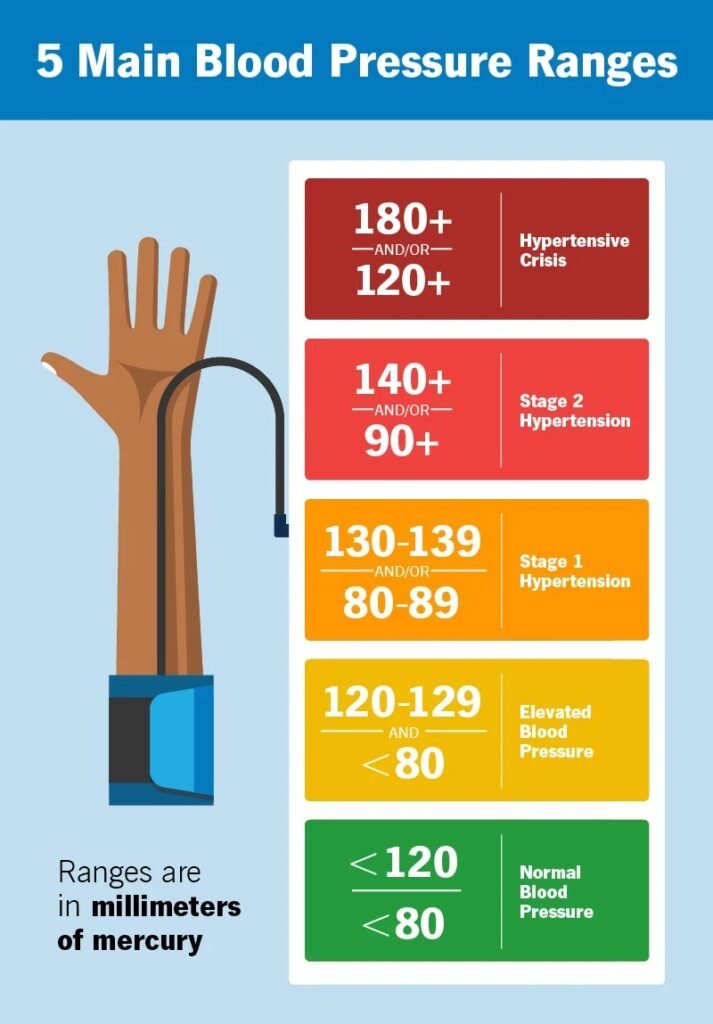
Long-term high blood pressure is the main cause of hypertensive heart disease. As long as the heart disease is caused by high blood pressure, it can be collectively called hypertensive heart disease. Here are three types of possible harms caused by high blood pressure to the heart.
- Left ventricular hypertrophy (LVH):
High blood pressure will make each heart beat harder, which will cause myocardial thickening over time. Since the left ventricle is connected to the aorta and is the starting point of systemic circulation, this condition occurs most often. in the left ventricle. - Arterial narrowing:
High blood pressure may compress blood vessels, causing them to narrow. If the coronary arteries responsible for supplying blood to the myocardium are compressed and the blood supply is insufficient, blood clots may occur, or even block the blood vessels, leading to coronary heart disease. - Valvular disease:
The valve is an important design of the heart to prevent blood from flowing backward. When the blood vessels are deformed due to long-term compression due to high blood pressure, the valve may not be able to close completely, resulting in blood flowing backward, insufficient blood supply, or accelerated aorta. hardening.
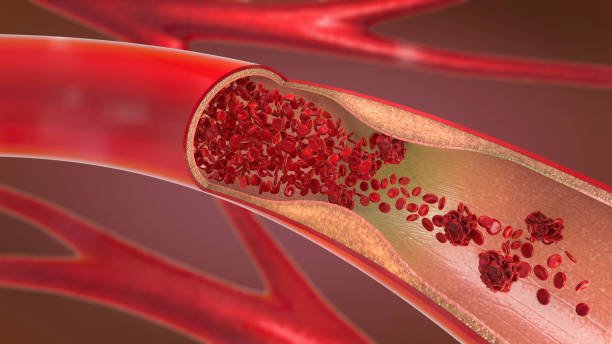
Hypertensive heart disease symptoms
Depending on the severity of the condition, the symptoms felt by each patient are different, and may even include asymptomatic symptoms. If you often have these symptoms, it is recommended that the hospital conduct relevant examinations. Early detection and treatment can reduce complications. and fatality rate. The following are symptoms that people with hypertensive heart disease may experience:
- Angina pectoris
- Chest tightness
- Difficulty breathing, rapid breathing
- fatigue
- Back, neck, arm, shoulder pain
- Chronic cough
- No appetite
- swelling of ankles and legs
Diagnostic methods for hypertensive heart disease
If you suspect that you have high blood pressure and heart disease and go to the hospital for examination, in addition to basic blood tests, the doctor may use the following methods to confirm your heart activity:
- Electrocardiography (ECG or EKG for short):
By attaching electrode patches to the heart, legs, arms, etc., an electrocardiogram instrument is used to detect the potential changes in the heart, and the results are displayed on the screen. - Echocardiography:
Uses ultrasound to observe heart activity, and can also take and record heart images. - Coronary angiography:
Commonly known as cardiac catheterization, a thin tube is inserted from the groin or arm and a contrast agent is injected into the blood vessel to observe the blood flow of the coronary arteries using an X-ray instrument. - Exercise stress test:
Use exercise equipment such as a treadmill or stepper to observe the stress that exercise puts on your heart. - Myocardial perfusion scan (Nuclear stress test):
Injecting radioactive isotopes such as thallium-201 (Tl-201) and thorium-99 (TC-99) into the body can observe the flow of blood in blood vessels.
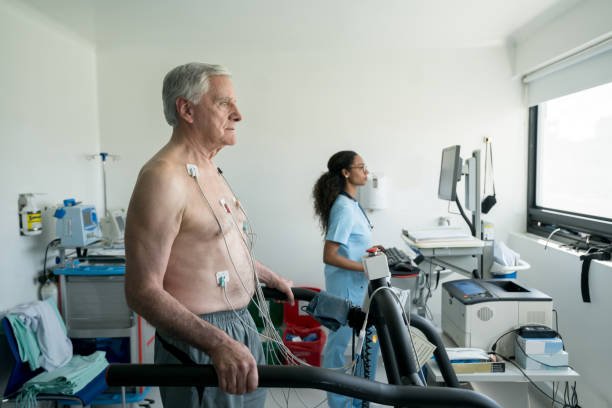
Hypertensive heart disease risk
Globally around 110 million men and 80 million women have coronary heart disease. Coronary heart disease kills an estimated nine million people each year – in 2019 it was the world’s single biggest killer. Around 1 in 6 deaths globally are caused by coronary heart disease. It is really Middle-aged and elderly people must pay special attention to diseases. In addition to the natural degeneration caused by aging, smoking, obesity, intake of high-fat and high-cholesterol foods, lack of exercise and family history are all risk factors that increase the risk of hypertension and heart disease. .
It is worth mentioning that before menopause, women have a lower risk of suffering from high blood pressure and heart disease than men. The main reason is that after menopause, women’s blood vessels will become less elastic due to the decrease in estrogen, leading to high blood pressure. The threat increases.
Complications of hypertension and heart disease
When high blood pressure causes the above-mentioned changes in the heart, if it is not detected and treated early, it may further cause the following complications:
- Heart failure:
The heart cannot pump enough blood throughout the body. - Arrhythmia:
The heartbeat becomes irregular and abnormal, such as tachycardia, bradycardia, etc. - Ischemic heart disease:
Due to narrowing of arteries and reduced blood flow, insufficient oxygen is supplied to the heart, and patients may have symptoms of angina. If blood clots occur, it may lead to myocardial infarction. - Myocardial infarction:
Also known as a heart attack, it is mainly caused by the interruption of blood flow to the heart, resulting in a lack of oxygen in the heart, and requires emergency treatment as soon as possible. - Sudden cardiac arrest:
Usually due to severe arrhythmia symptoms, the patient’s heart stops beating, stops breathing and loses consciousness. The patient needs to be sent to the hospital for emergency treatment as soon as possible. - Stroke:
Blockage or rupture of blood vessels in the brain, resulting in loss of body functions.
Treatment methods for hypertensive heart disease
Treatment options vary depending on the severity of the condition. The following medications are commonly used to treat heart disease and related symptoms.
- Diuretic:
A blood pressure-lowering drug suitable for most patients. - Nitrates:
Mainly used to prevent myocardial infarction and reduce ventricular preload (Preload), which is the pressure on the ventricular muscles when the heart contracts, to achieve the purpose of enhancing coronary blood flow. - Statins:
One of the blood lipid-lowering drugs, which can reduce low-density lipoprotein (LDL, also known as bad cholesterol) to reduce the incidence of heart disease and stroke. - Calcium channel blockers (CCB):
help relax vascular smooth muscles, dilate blood vessels, reduce myocardial contraction to lower blood pressure. - Angiotensin Converting Enzyme Inhibitors (ACEI):
The main function is to prevent angiotensin I from increasing blood pressure by inhibiting the conversion of angiotensin I to angiotensin II; another function is to prevent angiotensin from catalyzing the slowing down of blood pressure. The hydrolysis of Bradykinin to promote vasodilation. - Angiotensin II receptor blockers (ARB):
Similar to ACEI, ARB blocks the binding of angiotensin II to AT1 receptors to relax blood vessels and lower blood pressure. - Beta-blockers (β-blockers):
By blocking β-receptors, they prevent the action of adrenaline, slowing down the heart rate and lowering blood pressure. - Alpha-blockers (α-blockers):
can block sympathetic nerves in peripheral blood vessels, causing vasodilation, but may cause postural hypotension. - Vasodilators:
Like CCB, they can relax vascular smooth muscles, reduce the resistance of peripheral blood vessels, and lower blood pressure. However, vasodilators act directly on the blood vessel wall without going through the central nervous system.
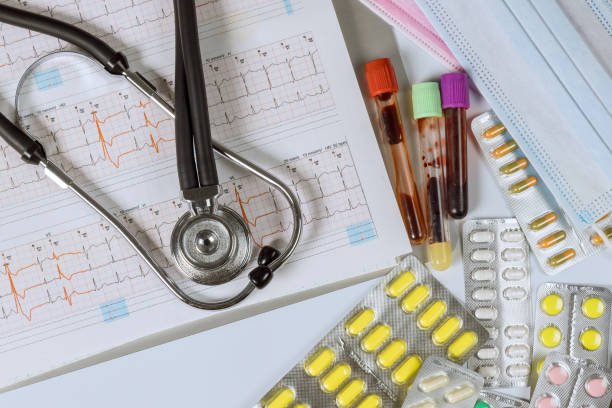
Hypertensive heart surgery
In more severe cases, surgery may be necessary. For example, coronary artery bypass surgery (Coronary Artery Bypass Graf (CABG)) can be used to treat coronary artery blockage and increase blood supply to the heart; or an implantable cardioverter defibrillator (ICD) can be installed to treat severe heart rhythms. Irregular or abnormal heart rhythm.
Preventive methods for hypertensive heart disease
If you want to prevent diseases such as hypertension and heart disease, the best prevention method is often based on a healthy lifestyle accumulated in daily life. Regularly tracking your health status can help reduce the harm of heart disease. Here are 6 ways to prevent high blood pressure and heart disease:
- Regular tracking:
It is recommended that people with a family history of heart disease have regular health check-ups, measure blood pressure, and record their heart health. - Healthy diet:
Adopt a low-oil, low-sugar, low-salt and high-fiber diet to reduce blood lipid accumulation and reduce the chance of obesity. - Moderate exercise:
Exercise for at least 30 minutes every day, which can lower blood pressure by an average of about 4~9mmHg. It is recommended to choose aerobic exercise such as running, swimming or cycling. - Reduce the amount of alcohol you drink:
Studies have pointed out that alcohol abuse is closely related to left ventricular hypertrophy and hypertension. Excessive drinking can easily lead to excessive triglycerides and increase the risk of coronary heart disease. - Lose weight:
Losing weight may be one of the most effective ways to lower blood pressure. For every 10 kilograms of weight loss, blood pressure will decrease by 5 to 20 mmHg. However, for the sake of health, it is not recommended to lose more than 1 kilogram per week. - Quit smoking:
Whether you smoke or inhale secondhand smoke, you may increase your risk of heart disease or stroke.












